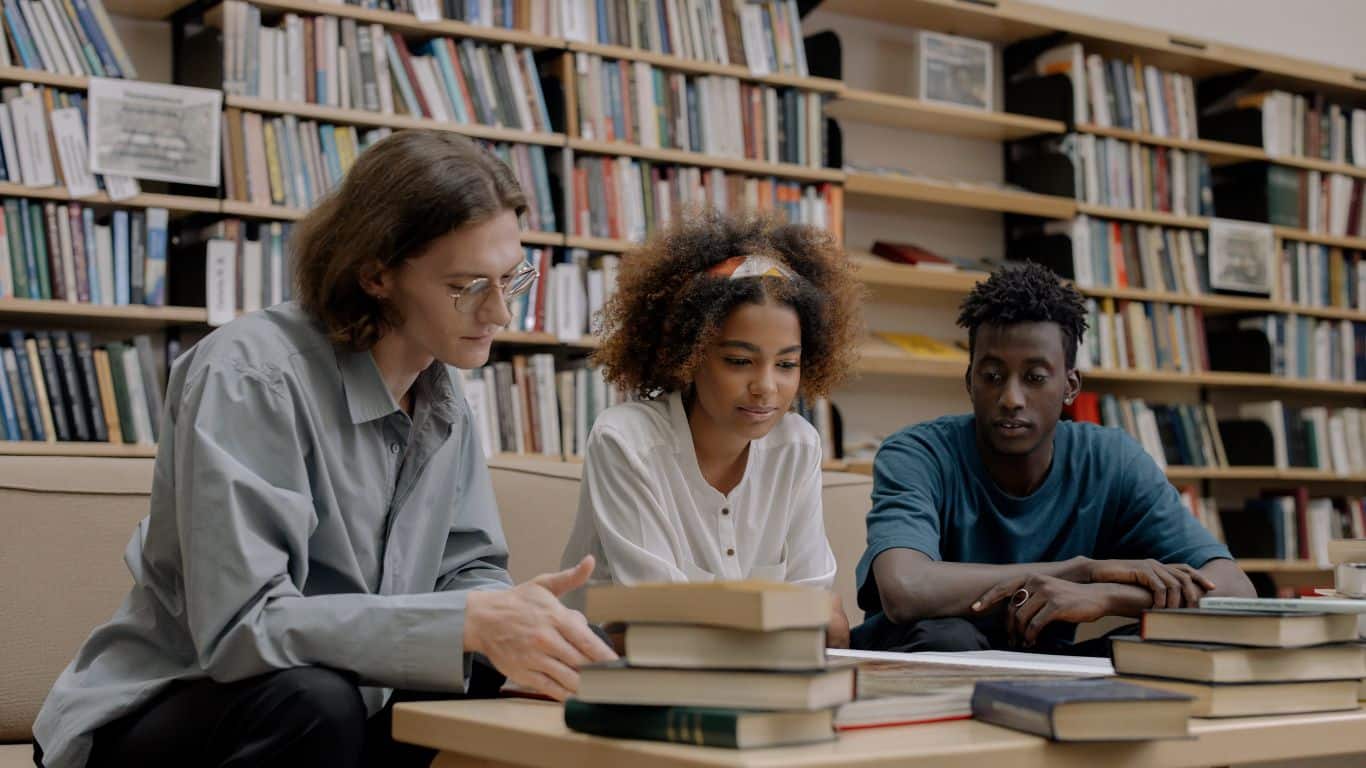Study Techniques: Are you not consistent with your study routine? Do you feel stressed about your future due to a lack of concentration? Are you not satisfied with your grades? Do you want to be more focused and dedicated to your academic life? As we grow up our syllabus increases and it starts to feel like we don’t have enough time. However, I have read this brilliant statement once, if you don’t have time for something then that is not your priority. You need to know what your priority is first and then choose a study method that suits you. Here we have the 6 Study Techniques for Students That Are Effective.
6 Study Techniques for Students That Are Effective
SQ3R Technique
SQ3R is a five-step study method: survey, question, read, recite, and review. Go through the survey, notes, structure, maps, and more. Question, write down a question that popped into your head while reading the summary. Go back to the text and properly read each section at a time with the question in your mind. Try to answer the questions and don’t switch to another question till you can recall the answer you are dealing with. And, when you are finally done with the entire chapter, go through the questions to refresh your memory.

Pomodoro Technique
In 1999, Francesco Cirillo created the Pomodoro technique. He named it after the timer he used which looked like a tomato. Cirillo found out that breaking bigger tasks into smaller parts can help with time management and make studying effective. At first, you have to decide what you want to study and break it into Pomodoro. You can either set a timer for 25 minutes or just simply use a Pomodoro app. After 25 minutes of studying, take a break of 5-10 minutes, and during the break go for a walk, grab a mug of coffee, or do something else less distracting. Then repeat 25 minutes. After you are done with 4 pomodoros, take a longer break of about 25-30 minutes.
The Learning Pyramid
The National Training Laboratory developed the model of the Learning Pyramid. This method shows the kind of learning/teaching that is likely to be retained. It includes reading, audio-visual, lecture, discussion, demonstration, practice doing, and teaching others. This study method can be used effectively by teachers. They can include certain aspects in their teaching method to make the students learn information efficiently. The practices such as involve audio-visual elements in the classroom, giving a lecture before the demonstration, assigning practice worksheets, allowing students to create concept maps, etc.

Retrieval Practice
Retrieval practice means recreating things you have learned earlier from your memory and thinking about them in the present moment. This study method makes the information more retrieval and you will also be able to apply the information in new situations. If the textbook contains practice questions make sure to go through them. You can also make your questions and it would be best if you have a study group to discuss them. Use flashcards or you can just write down everything you know about a topic. Try to organize the significant portions and organize your ideas into a concept map.
Spaced Practice
If you want to use spaced practice, the first step is to begin early unlike cramming before a few days of exam. Your aim should be to review and go through one topic of your syllabus more than once. Divide your time of reading in such a manner so that you can revisit your week 1 topic during weeks 3 and 4. Spaced practice means creating a schedule leaving space between every topic on the syllabus. Make a calendar in a way so that you can revise one topic to several topic and revise it at regular intervals. As you prepare for the examination, make sure you revise both old and new materials. Spend 25% of the time on the old material and 75% on the new material.

Feynman Technique
Feynman Technique is a learning method created by Nobel prize-winning physicist Richard Feynman. His ability to explain complicated concepts in simple terms is what developed this technique. Feynman Technique is easy to follow. It has four simple steps: First, choose a topic that you want to learn. Second, explain the concept to a 12-year-old. Then, reflect on the topic and simplify it. Lastly, organize and review. This technique can help you avoid getting fooled by false notions.
Also Read: Reasons Behind The Things Lord Shiva Carries



